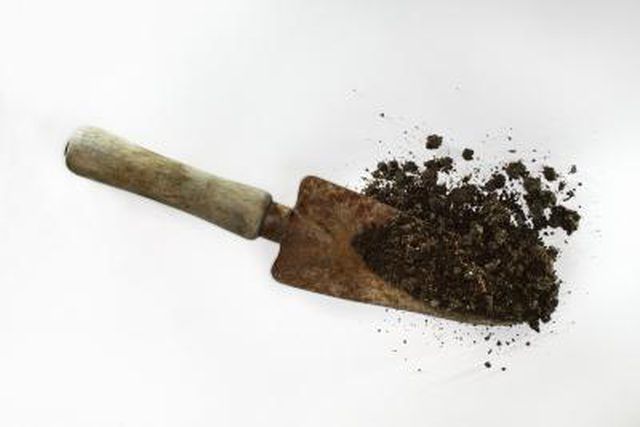Bulbs
Flower Basics
Flower Beds & Specialty Gardens
Flower Garden
Garden Furniture
Garden Gnomes
Garden Seeds
Garden Sheds
Garden Statues
Garden Tools & Supplies
Gardening Basics
Green & Organic
Groundcovers & Vines
Growing Annuals
Growing Basil
Growing Beans
Growing Berries
Growing Blueberries
Growing Cactus
Growing Corn
Growing Cotton
Growing Edibles
Growing Flowers
Growing Garlic
Growing Grapes
Growing Grass
Growing Herbs
Growing Jasmine
Growing Mint
Growing Mushrooms
Orchids
Growing Peanuts
Growing Perennials
Growing Plants
Growing Rosemary
Growing Roses
Growing Strawberries
Growing Sunflowers
Growing Thyme
Growing Tomatoes
Growing Tulips
Growing Vegetables
Herb Basics
Herb Garden
Indoor Growing
Landscaping Basics
Landscaping Patios
Landscaping Plants
Landscaping Shrubs
Landscaping Trees
Landscaping Walks & Pathways
Lawn Basics
Lawn Maintenance
Lawn Mowers
Lawn Ornaments
Lawn Planting
Lawn Tools
Outdoor Growing
Overall Landscape Planning
Pests, Weeds & Problems
Plant Basics
Rock Garden
Rose Garden
Shrubs
Soil
Specialty Gardens
Trees
Vegetable Garden
Yard Maintenance
How to Control Bugs in Potting Soil
How to Control Bugs in Potting Soil. The most common pest associated with potting soil is the Fungus Gnat. These gnats lay their eggs in moist potting soil and feed off of the fungus produced within the soil. Proper soil maintenance is the only way to control the spread of gnats and their eggs in your soil. The gnats also provide a food source to...

The most common pest associated with potting soil is the Fungus Gnat. These gnats lay their eggs in moist potting soil and feed off of the fungus produced within the soil. Proper soil maintenance is the only way to control the spread of gnats and their eggs in your soil. The gnats also provide a food source to larger insects and pests, and correspondingly, the gnats will draw these other insects into your garden, and create a larger problem. Fortunately, ridding your soil of these gnats and other bugs is a relatively simple process.
Things You'll Need
Rake
Pesticide containing Cypermethrin
Till and rake the soil thoroughly once you notice the presence of gnats and other bugs. Ensure that you rotate the dry soil from the top with the moist soil beneath. The eggs and gnats will not thrive in dry soil, as the fungus in the soil will die as a result of sunlight and air flow, and the gnat population will reduce in size.
Apply a pesticide containing Cypermethrin to infected areas of your soil. This chemical agent is considered safe for pets and children after the initial application has dried thoroughly.
Capture a few aphids from around your garden. Once you catch the aphids, kill them and then sprinkle the remains around your soil. Chemicals in the aphids' body are released as a warning signal to other aphids and insects, and this acts as a deterrent, keeping them out of your garden.
Plant Marigolds or other herbs–around the perimeter of the garden–that have the ability to ward off insects and other pests.
Tips & Warnings
Certain herbs that have an ability to repel bugs are mint, sage, lavender, lemongrass, rosemary, and pennyroyal.